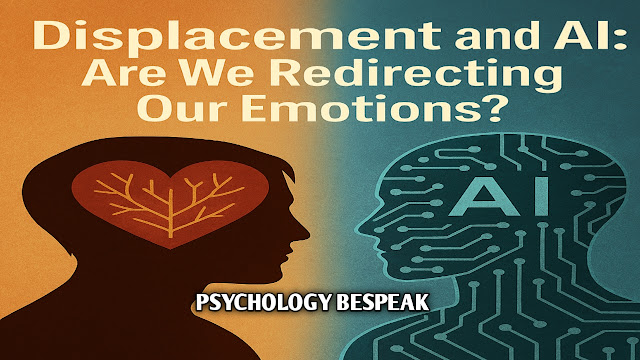DEFINING AND CLASSIFYING PSYCHOLOGICAL DISORDERS
So far, we have discussed
historical and contemporary accounts of abnormal behaviour without actually defining
what we mean by abnormal.
WHAT IS “ABNORMAL”?
Defining what is normal and what is abnormal is problematic.
Judgments about where the line between normal and abnormal should be drawn differs
depending on the time and the culture. For example, cannibalism has
been practiced in many cultures around the world (Walker, 2001). In contemporary
Western culture, however, such behaviour would be viewed as extraordinarily
pathological. Until December 15, 1973, homosexuality was officially considered
to be a form of mental illness. On that day, the trustees of the American Psychiatric
Association voted unanimously to remove homosexuality from the psychiatric
classification system surely the quickest and most widespread cure in the
history of psychiatry. Despite this formal change in the psychiatric status of
this sexual orientation, some people in our society continue to view
homosexuality as an indicator of psychological disturbance, illustrating to some
the arbitrary nature of abnormality judgments (Herek, 2002). Despite
the arbitrariness of time, place, and value judgments, three
criteria: distress, dysfunction, and
deviance seem to govern decisions about abnormality, and one or more of
them seem to apply to virtually any behaviour regarded as abnormal.
1. Distressing: we are
likely to label behaviors as abnormal if they are intensely distressing to the individual. People, who are excessively anxious, depressed,
dissatisfied, or otherwise seriously upset about themselves or about life circumstances
may be viewed as disturbed, particularly if they seem to have little control
over these reactions. On the other hand, personal distress is neither necessary
nor sufficient to define abnormality. Some seriously disturbed mental patients are
so out of touch with reality that they seem to experience little distress, and
yet their bizarre behaviours are considered very abnormal. And although all of
us experience suffering as a part of our lives, our distress is not likely to
be judged abnormal unless it is disproportionately intense or long-lasting
relative to the situation.
2.
Dysfunctional: most behaviours judged abnormal are dysfunctional either for the individual or for society. Behaviours that
interfere with a person’s ability to work or to experience satisfying relationships
with other people are likely to be seen as maladaptive and self-defeating,
especially if the person seems unable to control such behaviours. Some behaviour
are labeled as abnormal because they interfere with the well-being of society.
Dysfunction is key to defining a disorder: An intense fear of spiders may be
deviant, but if it doesn’t impair your life it is not a disorder.
3.
Deviance: The third criterion for
abnormality is society’s judgments concerning the deviance of a given
behaviour. Conduct within every society is regulated by norms, behavioural rules that specify how people are expected to think,
feel, and behave. Some norms are explicitly codified as laws, and violation of
these norms defines criminal behavior. Other norms, however, are far less
explicit. People are likely to be viewed as psychologically disturbed if they
violate these unstated norms, especially if the violations make others uncomfortable
and cannot be attributed to environmental causes. Standards for deviant
behaviour vary by context and by culture. In one context- wartime mass killing may be viewed as normal and
even heroic. In some contexts, people are presumed deranged when they hear
voices. But in cultures practicing ancestor worship, people may claim to talk
with the dead and not be seen as disordered because other people find them
rational (Friedrich,
1987). Olympic gold medalists
deviate from the norm in their physical abilities, and society honours them. To
be considered disordered, deviant behavior usually causes the person distress.
Deviant and distressful behaviors are more likely to be considered
disordered when also judged to be a harmful dysfunction (Wakefield, 1992, 2006). To summarize, both personal and social judgments of behaviour
enter into considerations of what is abnormal. Thus we may define abnormal behaviour
as behaviour that is personally
distressing, personally dysfunctional, and/or so culturally deviant that other
people judge it to be inappropriate or maladaptive.




Comments
Post a Comment